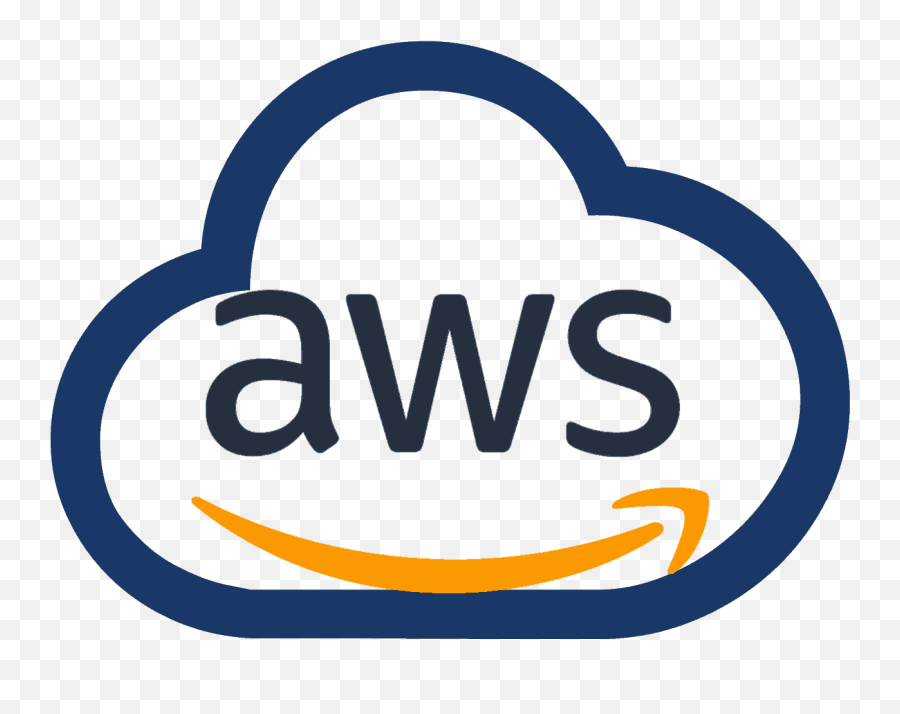🚀 GenAI Architecture Flow – End-to-End Intelligent Pipeline
This architecture showcases a complete GenAI pipeline designed by Rajesh Singamsetti, aligning data, intelligence, automation, and deployment in a robust and modular flow. Each stage of the flow represents a vital component in building and deploying AI-driven systems.
🔁 Step-by-Step Breakdown of the Architecture:
1. Data Collection Layer
-
Source Systems (Databases, APIs, Files, etc.)
-
Raw data is collected from various input sources and ingested into a central repository for processing.
2. Data Ingestion Layer
-
ETL / ELT Pipelines
-
Tools such as Azure Data Factory, Apache NiFi, or custom Python/Node.js scripts perform extraction, transformation, and loading of data into the system.
3. Data Validation & Cleaning
-
Validation and Cleansing Engines
-
Ensures data accuracy, consistency, and completeness. This includes:
-
Schema validation
-
Null handling
-
Duplicate removal
-
4. Data Storage & Processing
-
Data Lake / Data Warehouse / NoSQL Systems
-
Clean data is stored in a structured format for further analytics or AI model training. Technologies include Azure Data Lake, Amazon Redshift, MongoDB, etc.
5. Feature Engineering
-
Pipeline for Feature Selection & Transformation
-
Data is enriched and transformed into meaningful features required for AI/ML models using tools like Pandas, Scikit-learn, or Spark ML.
6. Model Training & Optimization
-
AI/ML Training Layer
-
Models are built and trained using TensorFlow, PyTorch, or Azure ML. Includes:
-
Hyperparameter tuning
-
Model versioning
-
Performance evaluation
-
7. Model Deployment
-
Deployment Strategies & CI/CD
-
The trained model is containerized and deployed via pipelines using Azure DevOps, Jenkins, or GitHub Actions into production environments such as AKS, ACI, or AWS ECS.
8. Monitoring & Feedback Loop
-
Observability Tools (Grafana, Prometheus, Azure Monitor)
-
Real-time monitoring of:
-
Model performance
-
Drift detection
-
Logs and alerts
-
-
Feedback is looped back to improve model performance through retraining.
💡 Key Highlights
-
Modular Design: Each layer can be independently optimized or replaced.
-
Cloud-Native Integration: Can be implemented in Azure, AWS, or hybrid environments.
-
MLOps Best Practices: Incorporates continuous training, monitoring, and governance.
📌 Credits: Designed by Rajesh Singamsetti
🌐 Website: www.singamsetti.in



0 Comments